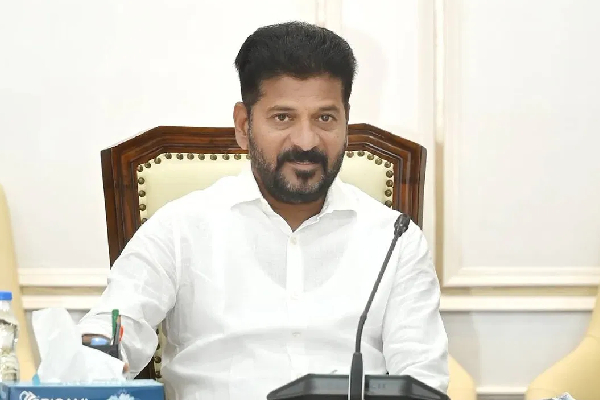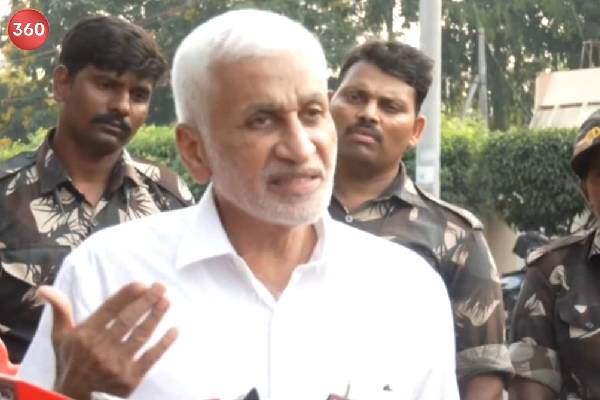The first suspected monkeypox case in Andhra Pradesh’s Vijayawada created a scare but the health authorities clarified on Sunday that the child has tested negative for the disease.
Andhra Pradesh’s Commissioner for Medical, Health and Family wWelfare J. Nivas said that the two-year-old girl has routine skin rashes. There is no need to panic, he said.
The child, who had gone to Dubai with her family, was found to have skin rashes on her return. The suspected case was referred to the Old Government General Hospital in Vijayawada. The samples were sent to National Institute of Virology, Pune but tested negative for monkeypox.
After the family returned to Vijayawada on July 11, she developed rashes. Her parents consulted a paediatrician, who referred the case to the government hospital on suspicion that these could be symptoms of monkeypox.
The girl, who had more rashes on face, was kept in isolation at Old GGH. Her family members and close contacts were in home isolation.
India reported its first case of monkeypox in Kerala on July 15. The infected person, who returned from abroad, was hospitalised and he tested positive.
According to the World Health Organisation (WHO), monkeypox is a viral zoonosis (a virus transmitted to humans from animals) with symptoms similar to those seen in the past in smallpox patients, although it is clinically less severe.
The virus originates in wild animals and then spreads to people. There are two main variants – the Congo strain – up to 10 per cent mortality, and the West African strain – a 1 per cent fatality rate.
The person tests positive for the virus when they come into close physical contact with an infected animal, especially one that is sick or dead. This includes contact with meat or blood. The WHO said that in nations where the virus is endemic or circulating, all meat should be thoroughly cooked before eating.


































